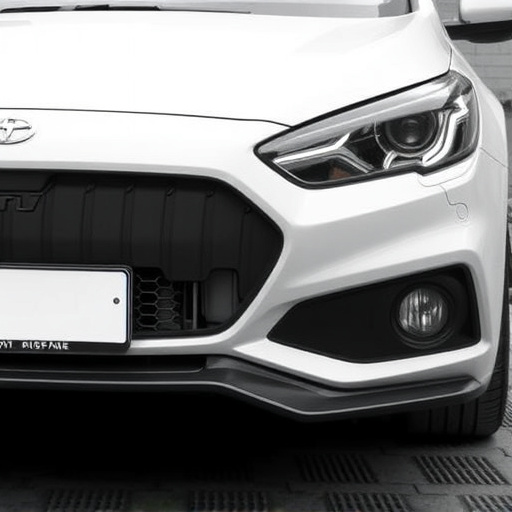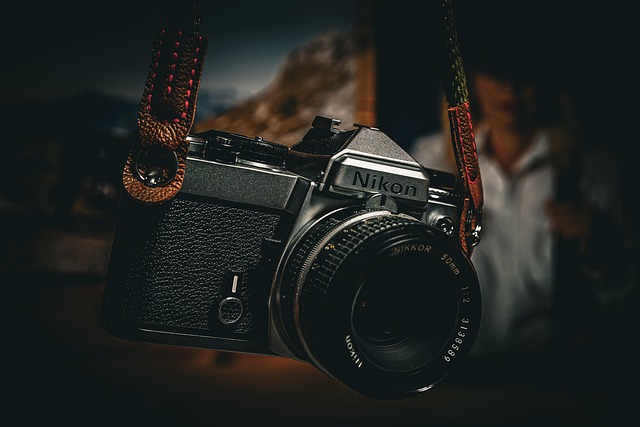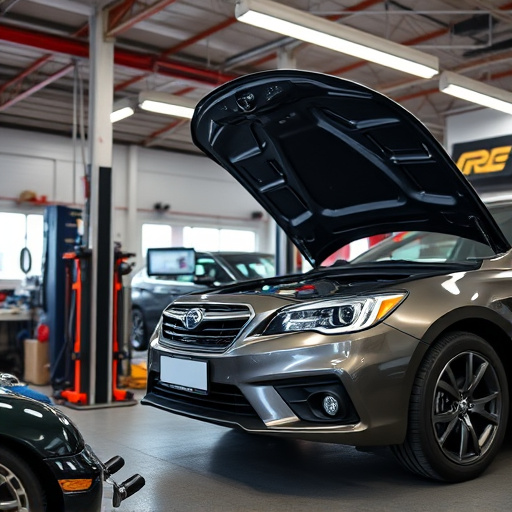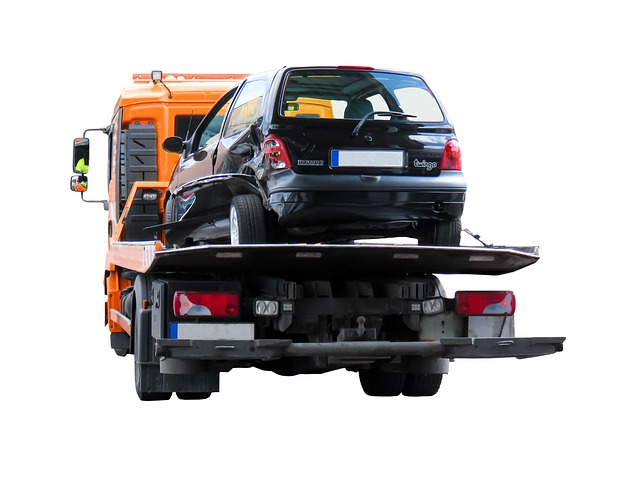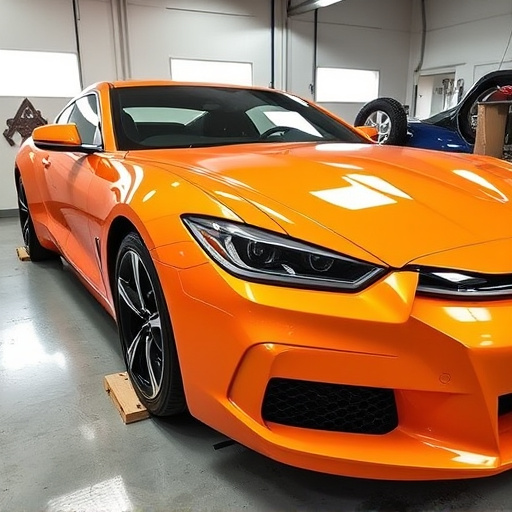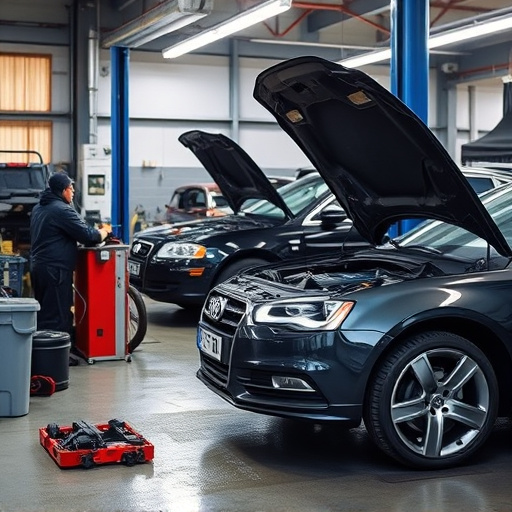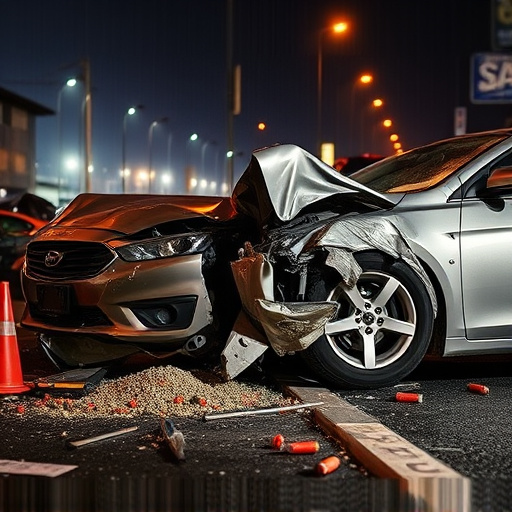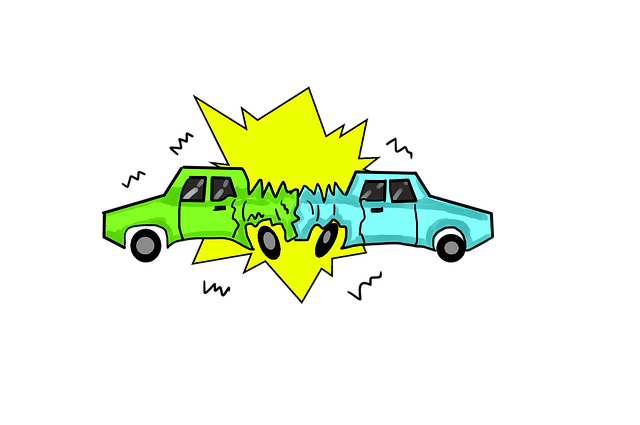Regular safety inspections in car body shops are crucial for maintaining industry standards, employee safety, and vehicle quality. These inspections ensure equipment functionality, tool condition, protocol adherence, and compliance with evolving regulations. Through meticulous checks of structural integrity, panel alignment, paint condition, mechanical systems, and repair techniques, modern inspection technologies enhance accuracy and overall shop performance. Post-inspection procedures involve comprehensive quality checks against industry standards and internal protocols, promptly addressing any discrepancies to guarantee safe, precise, and aesthetically superior car restorations.
Regular safety inspections are paramount for any car body shop, ensuring quality repairs and customer confidence. This comprehensive guide delves into the essential practices that form the backbone of effective checks. From identifying crucial components to post-inspection quality control, each step plays a vital role in maintaining high standards. Understanding these processes is key to fostering trust among customers seeking reliable car body work, solidifying the shop’s reputation as a leader in the industry.
- Understanding the Importance of Regular Checks
- Key Components in a Comprehensive Inspection
- Ensuring Quality: Post-Inspection Procedures
Understanding the Importance of Regular Checks

Regular safety inspections are non-negotiable for any reputable car body shop. These checks ensure that the workshop and its operations meet the highest industry standards, safeguarding both employees and vehicles under repair. By implementing a rigorous inspection routine, car body shops can identify potential hazards and implement necessary precautions before they become serious issues.
Such inspections also play a crucial role in maintaining the quality of vehicle restoration and repair services offered by the shop. They ensure that all equipment is functioning optimally, tools are in good condition, and safety protocols are being followed diligently. Regular assessments help in keeping up with evolving industry regulations, promoting a culture of safety, and ultimately contributing to the success and reliability of the car body shop as a whole.
Key Components in a Comprehensive Inspection

A comprehensive safety inspection at a car body shop involves meticulous examination of several key components to ensure the highest level of quality and safety in automotive restoration and paintless dent repair services. These include the structural integrity of the vehicle’s frame, which is crucial for ensuring stability and safety during collision repair and subsequent road usage. Inspectors should also pay close attention to the alignment of panels, looking for any misalignments that could indicate underlying damage or poor repair work. The condition of the paint job is another critical aspect; it must be even, smooth, and free from imperfections, as this not only enhances aesthetics but also serves as a protective barrier against future corrosion.
Moreover, comprehensive inspections should encompass an assessment of the mechanical systems, such as brakes, suspension, and steering components, to verify their proper functioning and safety standards. In the case of automotive collision repair, it’s essential to evaluate the precision of panel replacement and body straightening techniques to guarantee structural soundness and long-term reliability. Additionally, the use of modern inspection technologies, like 3D measuring equipment and advanced imaging systems, plays a vital role in ensuring accuracy and identifying even subtle defects that might be overlooked during visual inspections.
Ensuring Quality: Post-Inspection Procedures

After a thorough safety inspection, the car body shop takes several crucial steps to ensure the quality and safety of all repairs conducted on-site. These post-inspection procedures are designed to maintain the highest standards across every project, from auto body repair to intricate car body restoration.
Skilled technicians meticulously review the inspection findings, double-checking each measurement, angle, and alignment. They cross-reference these with industry standards and company protocols, ensuring compliance with all safety regulations. This meticulous process is followed by a comprehensive quality check, where every component is examined for precision and integrity. Any discrepancies or areas requiring further attention are flagged immediately, leading to prompt corrective actions, thus guaranteeing the final restoration meets the required safety and aesthetic benchmarks.
Regular safety inspections are non-negotiable for any reputable car body shop. By thoroughly examining every aspect of the vehicle, from structural integrity to paint quality, these checks ensure that only safe and high-standard cars leave the premises. Adhering to strict post-inspection procedures further solidifies the commitment to customer safety and satisfaction, making each car body shop visit a testament to reliable repair and restoration services.
